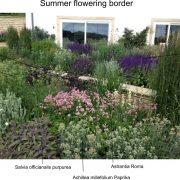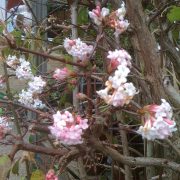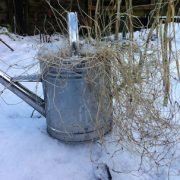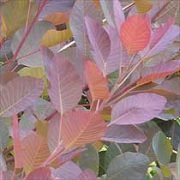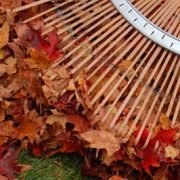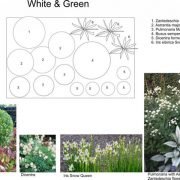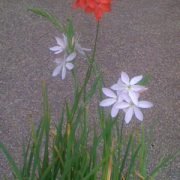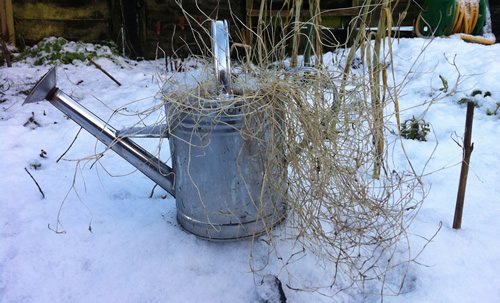
As Christmas preparations take over, gardening often has to take a back seat in December, but if you can steal a moment or two in the madness of the month here is our best advice on how to spend your time wisely.
Looking good now
Be the envy of friends and family this Christmas with a garden that looks as good in December as any other time of the year. Plants looking their best this month are Galanthus – Snowdrop, Cylcamen Coum, Mahonia, Holly – Ilex varieties, Erica – Heathers and Cornus – Dogwood.
Protect, Protect, Protect
This time last year the UK was hit by a blanket of snow and sub-zero temperatures, so it is vital now to protect frost sensitive plants from damage. If you wish to protect plants such as palms in situ place straw around the base and wrap in fleece. Alternatively bring in sensitive plants in pots.
Prepare for spring
Before the hard frosts set in dig over empty beds and work in nutrients to prepare your soil for new planting. As you sit back and take a sip of your favourite Christmas tipple why not grab a pen and paper and start planning your garden for the year ahead? If you need inspiration pop along to Garden Style Garden Centre and have a chat with a member of our team.
Need more advice?
Talk to a member of our experienced garden team on your next visit to Garden Style.
DECEMBER GARDENING TIPS
Here are our top tips list of things to do in December…
GENERAL
- Avoid walking on soil if wet.
- Look out for attractive winter plants such as hamamelis (witch hazel), viburnums and sarcococca (Christmas box.)
- Feed the birds with a range of seeds to attract different species.
- Choose your Christmas tree early for the best selection.
FLOWERS
- Protect hellebores from slugs.
TREES AND SHRUBS
- If the weather is fine, plant out trees and shrubs.
- Now is an ideal time to move trees and shrubs into new positions.
- Prune deciduous trees and shrubs but leave evergreens until spring.
- Protect newly planted evergreen shrubs with fleece to prevent frost damage.
FRUIT AND VEGETABLES
- Protect winter vegetables from pigeons by covering with netting.
- Winter wash fruit trees to clean up any over-wintering insects and pests.
- Prune gooseberries, red currants and white currants.
- Cover rhubarb with compost or manure.
- Check stored fruit and vegetables, removing any that are diseased.
LAWNS AND HEDGES
- Keep off the lawn if the weather is wet.
- Remove leaves off the lawn.
- Apply winter seed if you haven’t already done so.
BULBS
- Spring-flowering bulbs can still be planted.
- Protect crocus bulbs from mice by covering with netting.
- Continue to ventilate if the weather is fine to keep down disease via air movement.
- Sow onion seeds and sweet peas.
Need more advice? Post a question on our Facebook page or pop into the garden centre and talk to a member of our experienced garden team.

